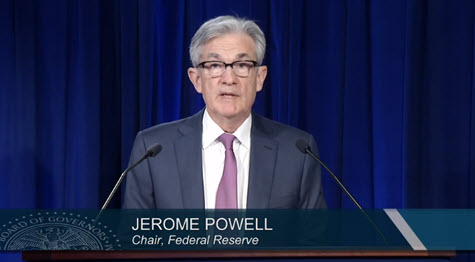The escalating threat of civil unrest related to the election – looting, homegrown violent extremists and organized attacks on properties – continues to be addressed by law enforcement and the commercial real estate industry. Through the Real Estate Information Sharing and Analysis Center (RE-ISAC), The Real Estate Roundtable works with government officials and private sector partners to detect, protect and respond to a multiplicity of such key threats.
- The RE-ISAC serves as the primary conduit of terrorism, cyber and natural hazard warning and response information between the government and the commercial facilities sector.
- Through its information-sharing network, the RE-ISAC engages in operational efforts to coordinate activities supporting the detection, prevention, and mitigation of a full range of physical, data, and cyber threats to the nation’s critical infrastructure.
- The RE-ISAC is now maintaining a central section online of election-related threats and updates, both physical and cyber, called U.S. & Election 2020. While not a direct threat to the Commercial Facilities Sector, cyberattacks, misinformation, physical threats and intimidation, as well as the complexities of an election during the pandemic are concerns that must be monitored and shared with CRE stakeholders.
Reference:
- The Gate 15 Interview: Elections Security 2020, with the FBI and the Elections Infrastructure ISAC (Gate 15, Oct. 26)
- Election officials say they’re getting suspicious emails that may be part of malicious attack on voting: report (The Hill, Oct. 26)
- Report warns that 5 states are at high risk for activity by armed groups around election (USA Today, Oct. 27)
- New tension at the polls as supporters get aggressive and officials call in police (Miami Herald, Oct. 28)
- To subscribe to the RE-ISAC Daily Report and alerts, industry participants should contact RE-ISAC Executive Director Chip Rodgers.
The Roundtable’s Homeland Security Task Force

- Additionally, The Roundtable’s Homeland Security Task Force (HSTF) held a remote meeting on Oct. 21 that included presentations on election-related security issues with Michael Burgwald, Assistant Section Chief, Domestic Terrorism Operations Section, Counterterrorism Division, Federal Bureau of Investigation and Branden Fuller, Unit Chief, Strategic Engagement Unit, Counterterrorism Division, Federal Bureau of Investigation.
- HSTF is co-chaired by Charlie McGonigal, Brookfield’s Senior Vice President, Global Security & Life Safety, U.S. Office Division, and Dan Kennedy, Unibail-Rodamco-Westfield (URW) Senior Vice President, US Security Operations.
- McGonigal said, “Our well-established industry relationship with federal, state and local law enforcement partners and homeland security officials facilitates a robust information-sharing exchange that benefits both the commercial facilities sector and government officials. We rely on timely updates from them and they look to us for insight on threats to commercial real estate.”
- Kennedy added, “Last week’s remote meeting of our Homeland Security Task Force had a high participation rate from Roundtable members across the country eager for the view of security officials on potential security threats surrounding the elections. To raise awareness of how these kind of tensions, or other threats, could manifest in actions affecting CRE requires these ongoing briefings and useful meetings.”
- The HSTF will hold another WebEx meeting on Friday, November 6, 2020 at 11:30 AM ET. The focus of the meeting will be to discuss any post-election unrest and discuss strategies used to address those situations. For more information, please contact Roundtable Senior Vice President Chip Rodgers.
A summary of election-related security threats will also be one topic of discussion on January 27, 2021 during HSTF’s meeting that will be held in conjunction with The Roundtable’s all-member State of The Industry Meeting.
# # #











